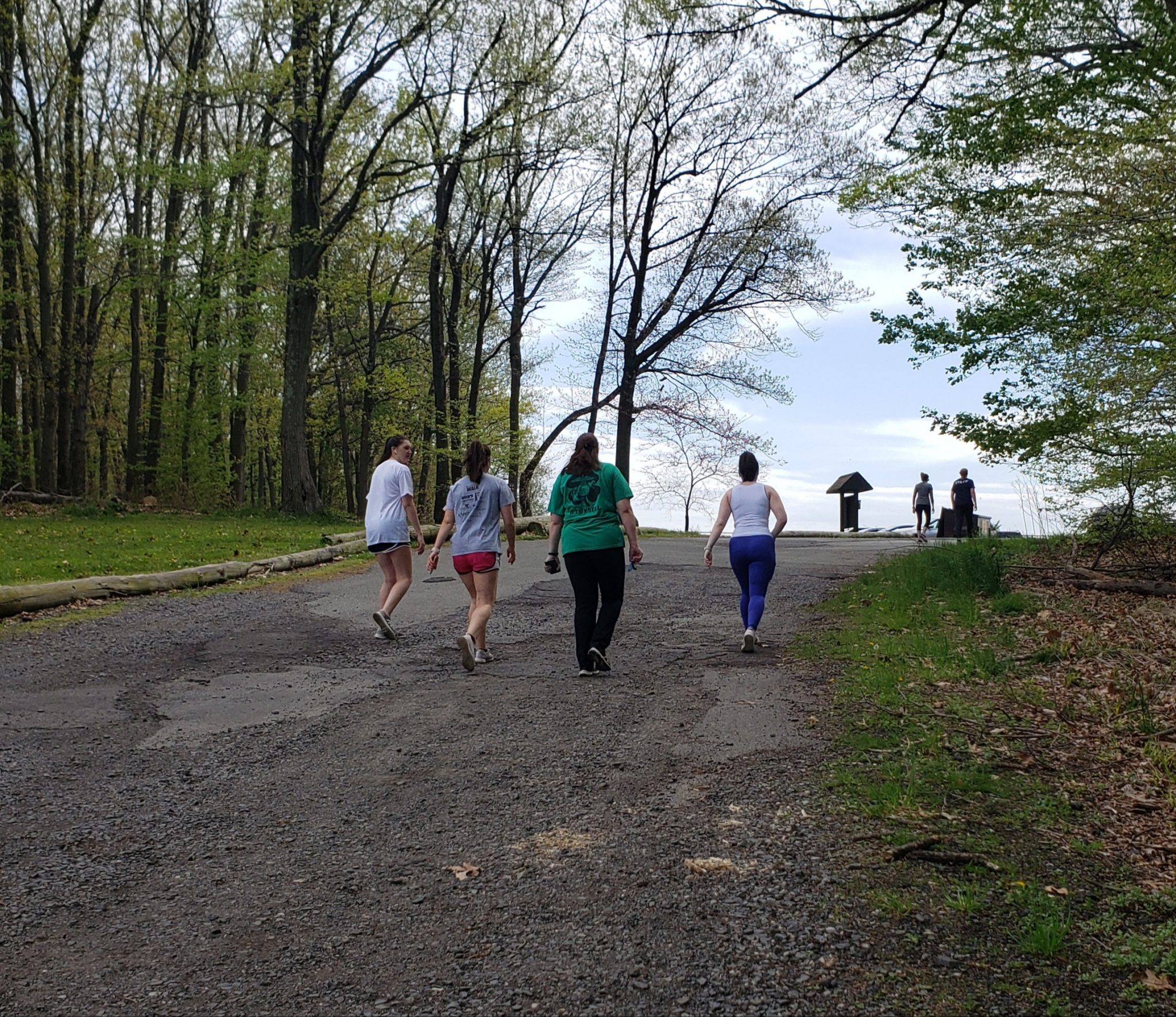By Alison Mitchell, Co-Executive Director, New Jersey Conservation Foundation
From High Point State Park at the “top” of the state to Cape May Point State Park at the southern tip, New Jersey has an incredible variety of public lands. Mountains, lakes, ocean beaches, bays, deciduous forests, pine barrens, beautiful rivers and streams, historic sites – we’ve got it all!
But you don’t have to be a math whiz to see that the numbers don’t add up when it comes to taking care of New Jersey’s state parks, forests and recreation areas.
Fifty-one state parks, run by only 15 park superintendents. Staffing levels down 26% between 2006 and 2018, despite a 13% increase in park acreage. Only one park employee for every 36,000 visitors. State park budgets many times smaller than those of neighboring New York and Pennsylvania.
Despite the good efforts of state park managers, the lack of resources has resulted in reduced public access to parks, swimming areas, trails, campgrounds, fishing spots, nature centers, educational programs and more.
A study commissioned by the newly-formed “Fix Our Parks” campaign concluded this week that New Jersey needs to increase park spending and staffing – and accept help from a proposed “Friends” group that would raise funds and recruit volunteers for the parks.
“We have a great portfolio of parks,” said ecologist Dr. Michael Van Clef, who conducted the study. “It’s absolutely impressive on all the fronts: natural, cultural and historic. So I think it just begs the need for increased resources.”
The Fix Our Parks initiative was founded by four New Jersey nonprofits: the Pinelands Preservation Alliance, New Jersey Conservation Foundation, Highlands Coalition and NY NJ Trail Conference.
“The pandemic has taught us many things, and one of them is how much we rely on our open space,” said Elliott Ruga, policy director for the Highlands Coalition.
Van Clef was hired by the Pinelands Preservation Alliance to do an in-depth study of conditions at New Jersey state parks – and the spending decisions behind them. He was also asked to recommend actions needed to make state parks more accessible and enjoyable to the public.
According to Van Clef, Pennsylvania spends three times as much as New Jersey on parks, and New York spends six times as much. “Our neighbors are outpacing us,” he said. New Jersey state park visitation is dropping, he added, possibly because of closures and reduced services.
Van Clef said insufficient funding and staffing is “certainly not a uniquely New Jersey problem, by any stretch of the imagination.” The federal government, and other state governments, all face financial pressures.
But New Jersey has a budget surplus this year, which provides a fantastic opportunity to get this state we’re in back on the road to a better park system. And the state has already demonstrated that it wants the public to enjoy New Jersey’s outdoors by granting free admission to all state parks this summer.
The Fix Our Parks study recommends three major steps:
• Establish a statewide parks “Friends” group with a diverse membership. The Friends group would raise funds from private sources and federal grants, support state efforts to obtain federal funding, recruit and coordinate park volunteers, and expend funds on park projects in coordination with the New Jersey Department of Environmental Protection (DEP). The Friends would complement and supplement the DEP, but would be independent.
• Increase state funding and staffing for state parks, and improve the staff’s efficiency through partnerships with other organizations. A comprehensive state park system plan should be developed, including a thorough evaluation of the structure, function and culture of the state park system. In addition, detailed plans should be developed for each individual park within the system.
• Work to mitigate the three biggest threats to state park lands: overabundant deer, invasive species and illegal off-road vehicles (ORVs). “Depending on where you are in the state, there are anywhere from 10 times to 20 times more deer than the forests can handle,” noted Van Clef. Illegal ORV riders, he added, are tearing apart and degrading New Jersey’s natural lands, making them poorer habitat for native plants and animals – and less attractive to visitors. Better enforcement of regulations restricting ORV use in sensitive areas and protecting park lands is needed.
As the Fix Our Parks report documents, we need to treat our parks and public lands as the precious gems they are! When run effectively, parks can be a powerful economic engine that benefits nearby communities.
New Jersey’s state park system includes 51 parks and forests, 122 wildlife management areas, 48 historic sites, 19 campgrounds and six marinas. Together, they cover 452,000 acres.
It’s past time for New Jersey to make an investment in the future of our state parks. New Jerseyans deserve a system that is well cared for and accessible to all – places where families can experience the joy of exploring the outdoors, and where natural resources are protected.
To learn more about the Fix Our Parks initiative and download a copy of Van Clef’s report, go to https://www.fixourparksnj.org/.
To see a list of state parks, go to https://nj.gov/dep/parksandforests/.
For more information on preserving New Jersey’s land and natural resources, visit the New Jersey Conservation Foundation website at www.njconservation.org or contact [email protected].

